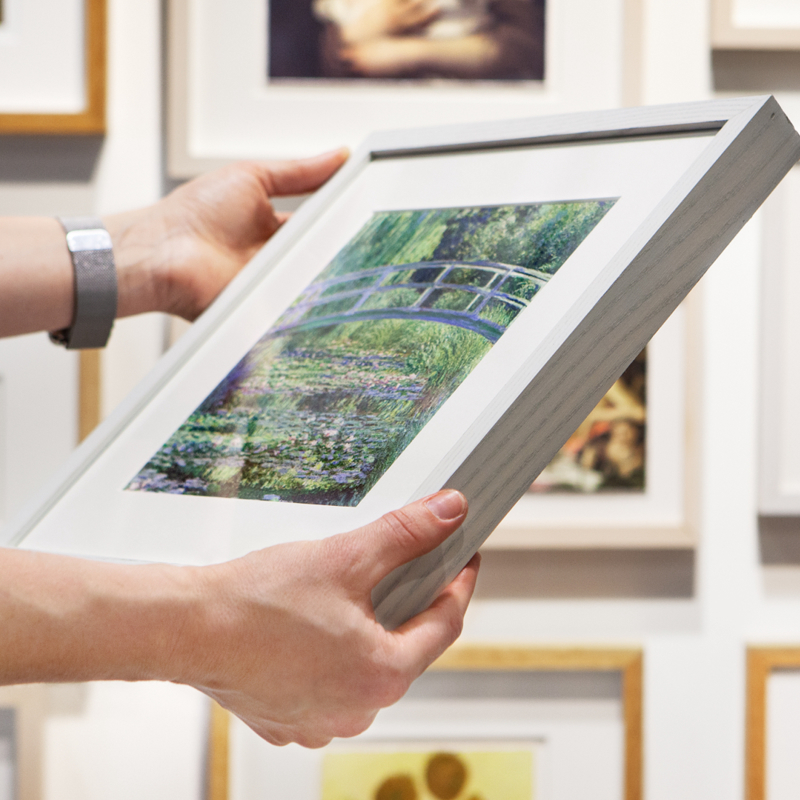Vincent van Gogh, 'A Wheatfield, with Cypresses', 1889
About the work
Overview
Van Gogh painted several versions of A Wheatfield, with Cypresses during the summer of 1889, while he was a patient in the psychiatric hospital of Saint-Paul de Mausole, in the village of St-Rémy in the south of France. A first version, which he described as a study, was painted on site in late June 1889. The National Gallery’s painting, which was completed in September while Van Gogh was confined to his hospital room, is the finished version. He also made a smaller copy of it for his mother and sister.
The landscape includes typically Provençal motifs such as a golden wheat field, tall evergreen cypresses, an olive bush and a backdrop of the blue Alpilles mountains. Van Gogh wrote of painting outdoors during the summer mistral, the strong, cold wind of southern France, which here seems to animate the entire landscape. Everything is depicted with powerful rhythmic lines and swirling brushstrokes that convey Van Gogh’s sense of nature’s vitality.
Key facts
Details
- Full title
- A Wheatfield, with Cypresses
- Artist
- Vincent van Gogh
- Artist dates
- 1853 - 1890
- Date made
- 1889
- Medium and support
- oil on canvas
- Dimensions
- 72.1 × 90.9 cm
- Acquisition credit
- Bought, Courtauld Fund, 1923
- Inventory number
- NG3861
- Location
- Room 43
- Collection
- Main Collection
- Frame
- 17th-century Italian Frame
About this record
If you know more about this painting or have spotted an error, please contact us. Please note that exhibition histories are listed from 2009 onwards. Bibliographies may not be complete; more comprehensive information is available in the National Gallery Library.








